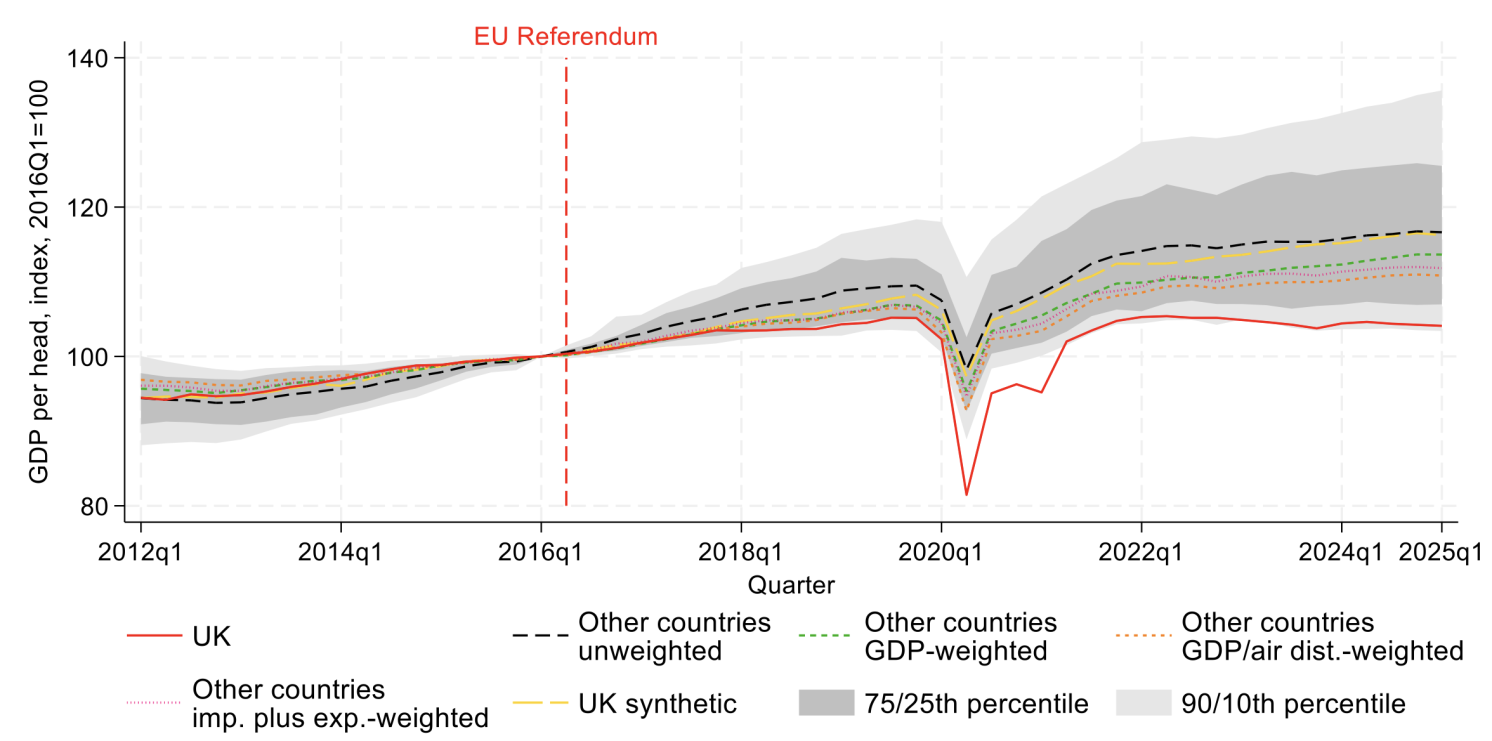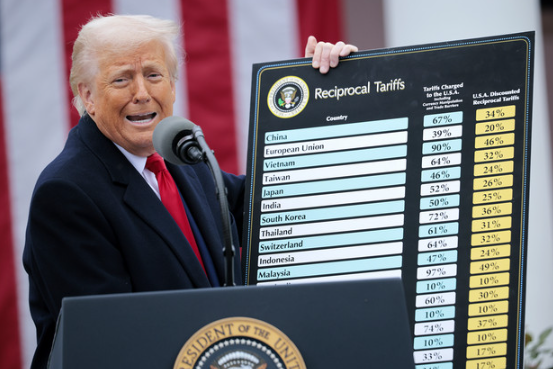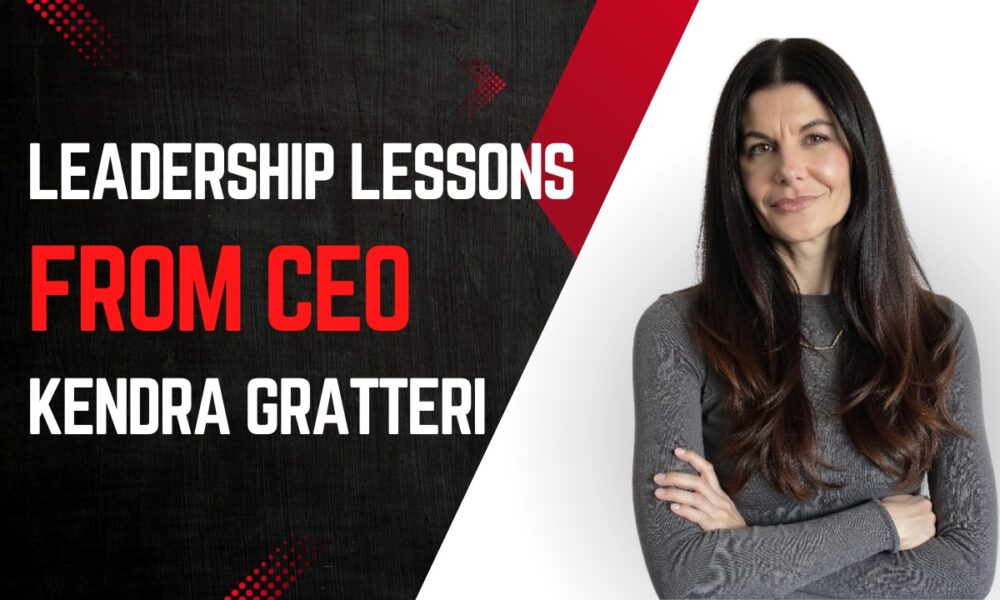Family Meetings are one of the most effective, tried-and-true approaches that can play an incredibly important role in helping advisors understand family dynamics, create an intergenerational continuity plan, and importantly, stay relevant with and for the next generation.
When done right, Family Meetings encourage all necessary family members to participate in discussing all the critical areas that go into such a plan; goals and values, transfer strategies, legacy and estate discussions, family assets and wealth and more.
At the end of the day, this equips the family with a better understanding of everything and everything under the sun and empowers advisors with the necessary information they need to deliver real value.
In this article, we’ll highlight and unpack the 6 critical steps to running and facilitating effective Family Meetings.
Benefits of Facilitating Multi-Generational Family Meetings
Before we jump into the six steps of hosting Family Meetings, let’s quickly cover why your firm and your advisors should be hosting them in the first place. In particular, there are four benefits and outcomes that come to mind:
- Family Meetings often result in the retention of family relationships and assets;
- Family Meetings can lead to a better understanding of family dynamics and information;
- Family Meetings pave the way for building trust with the next generation;
- Family Meetings can help increase the value of an advisor’s practice and set the stage for a successful succession plan
The 6-Step Blueprint to Hosting Multi-Generational Family Meetings
Advisors have a real opportunity to foster meaningful family discussions and ensure smooth wealth transitions by following the below 6 steps as a “blueprint” to hosting Family Meetings.
It’s worthwhile to call out and mention, however, that your role as the Advisor when hosting Family Meetings is that of a Trusted Facilitator. The best way to approach them is that they are actually not your meetings, but rather you are there to facilitate the conversation and guide the family, especially when discussing the financial and wealth side.
You’re there to make everyone feel comfortable. To help everyone understand both the basic and complex financial topics. To encourage dialogue and participation that helps everyone in the family better understand the dynamics that will lead to a successful wealth transfer.
For each of the six steps below, we’ll provide bulleted items so that you can easily take what’s here and use it as your own actionable blueprint.
Step 1: Preparation
- Set clear objectives and coordinate the initial logistics with your immediate clients
- Understand your client’s goals, their preferences, and what they value
- Work with your clients to identify key family members, including their next-gen and any expected heirs to the family wealth, to involve in these meetings
- Share the agenda with the family and key family members required for attendance in advance of the initial meeting (and subsequent meetings)
- And importantly, work with your client to become familiar with existing trusted advisors and third parties involved in dealing with the client (real estate agents, lawyers, accountants, bankers, etc.)
Step 2: Creating a safe environment for the family
- Establish a respectful and confidential atmosphere where the family is comfortable discussing financial and sensitive information
- Encourage open dialogue and active listening
- Ensure all family members feel valued and heard — this may involve ensuring everyone has a chance to table any questions or concerns by quite literally going around the room in order
Step 3: Establishing the family’s goals and values
- Facilitate a discussion where one of the primary goals is to identify aspirations and values that are shared by family members
- It’s important here to make sure that conversations are centered around wealth, legacy and purpose
- The ultimate goal is to foster unity and alignment among family members; this will involve making sure individual goals and values from all family members are discussed
Step 4: Educate and empower clients and the next generation
- Provide access to educational resources (articles, videos, whitepapers) to as a way to help improve basic financial literacy and overall financial wellness
- Focus on delivering education around financial topics that are relevant to the family’s current situation and their future goals as a family unit to reinforce the family vision
- Empower younger family members to express their perspectives and more importantly, to take action
- Cultivate their understanding of wealth management principles
Step 5: Develop the Wealth Transfer Plan
- Collaborate with the family (and key family members) to address estate planning, philanthropy, legacy and succession as critical components of the plan
- Involve legal and tax advisors as foundational advisors for creating the plan
- Document decisions, suggestions and recommendations, and outline the next steps for the family as a unit and for individual family members for overall legacy and succession accountability
Step 6: Ongoing documentation and review
- Family Meetings and intergenerational planning are never a “one-and-done” ordeal. It’s important to establish ongoing communication with the family and to encourage key family members to follow through with their individual responsibilities
- As situations and scenarios change, which they often do in life and with finances, your role will be the review and adapt the plan to the breadth of changing circumstances
- Address concerns, celebrate milestones and reinforce family values
The Family’s Digital Vault is the backbone of it all
In today’s rapidly evolving landscape of wealth management, where families span multiple generations and geographies, the importance of effective communication and seamless access to critical information cannot be overstated.
This is precisely where and why a secure digital vault plays such an important role — and completely transforming the way wealth management professionals, firms and family offices facilitate multi-generational family meetings.
Digital Vaults act as the centralized hub of family information, streamlining the flow of information and documentation, and ensuring critical information and documentation are accessible on-demand for key family members, and importantly, for key Trusted Advisors.
Traditionally, the organization and retrieval of sensitive financial documents and data for family meetings presented a significant logistical challenge. Advisors and firms had to sift through countless physical files, navigate complex folder structures and manage a myriad of formats – all while ensuring security, confidentiality, and of course, compliance. This often led to inefficiencies, delays and potential information gaps.
Fortunately, secure digital document vaults address and overcome the many challenges by making it easy, secure and efficient to upload, manage, access and share a range of documents, including financial statements, legal agreements, estate plans, tax records, investment portfolios, business documentation and more.
With families dispersed across different regions, continents and timeframes, the vault enables advisors, family members, and additional third parties (accountants, lawyers, agents, etc.) to connect, collaborate and access information in real-time.
Preparing for multi-generational family meetings becomes a streamlined process, as advisors can readily compile and share relevant documents, presentations, and reports all within the Vault. This ensures that every family member is well-prepared and informed, fostering more productive discussions and strategic decision-making during the meeting itself.
This article was originally published on FutureVault: The 6-Step Blueprint To Hosting Multi-Generational Family Meetings
The views and opinions expressed herein are the views and opinions of the author and do not necessarily reflect those of Nasdaq, Inc.





































